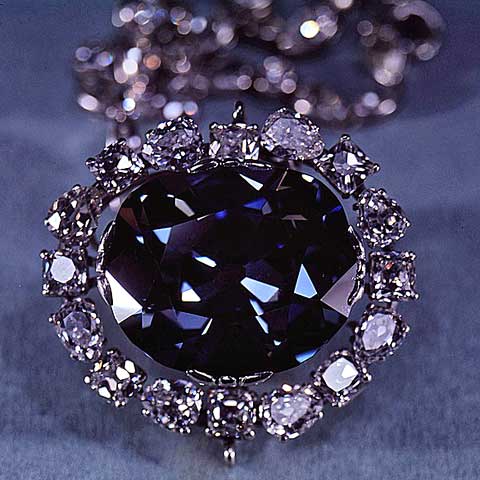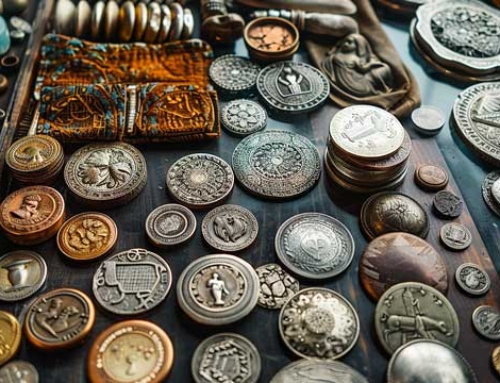The Hope Diamond is legendary both in its appearance and in the story of its origins. Scientists have confirmed that it comes from the depths of the earth, where few diamonds are found.
The Hope Diamond is one of the most famous jewels in the world. Cut from the Bleu de France, a crown diamond bought by Louis XIV, it inspired the “Heart of the Ocean”, visible in Titanic and is now one of the pieces in the Natural History Museum in Washington. It is even said to have a reputation for being cursed — allegations that have nothing scientific about them. Recent analyses suggest that the blue diamond is believed to have originated in the bowels of the Earth, at a depth three times greater than the average distance at which other diamonds are formed. It is said to be joined by Cullinan, the largest rough diamond ever discovered and one of the jewels of the British Crown.
Super deep diamonds
“We looked at the first large diamonds that certainly came from the lower mantle, at a much greater distance from the surface than other diamonds. The results support past predictions based on smaller stones, suggesting that diamonds with similar properties to those studied, including the Cullinan and Hope, are super deep diamonds,” says Evan Smith of the U.S. Geological Institute. Diamonds form under intense pressure within the Earth’s mantle. While the majority of them are born at the base of the continental plates, at depths of 150 to 200 kilometres, some, rarer diamonds are formed even deeper, where the mantle moves slowly in a convective motion.
In the footsteps of Hope
The Hope is classified as a type IIb diamond, containing boron. It is this element that gives it its characteristic bluish hue. Until recently, scientists had doubts about the depth of origin of Type IIb, especially for gems larger than a pea or larger than 3 carats. It is only in the last two years that researchers have begun to understand the formation process of these gemstones. Today, Smith and his colleague Wuyi Wang announce the detection of a revealing element in a South African diamond: a mineral called bridgmanite. This mineral is the most abundant on Earth. It is also the main constituent of the Earth’s lower mantle.
“Finding the remnants of the discrete mineral bridgmanite is significant,” enthuses Smith. “It is widespread in the depths of the Earth, subject to the extreme pressure conditions of the lower mantle, below 660 kilometres, even deeper than most super-deep diamonds. Bridgmanite does not exist in the upper mantle, nor at the surface. What we see in diamonds when they reach the surface is not actually bridgmanite but residual minerals that witness its disintegration as the pressure decreases. Finding these minerals enclosed in a diamond means that the diamond itself must have crystallized at a depth where bridgmanite exists: in the depths of the Earth.”
A wonderful journey
The analysis of another diamond belonging to the same class as the Cullinan revealed the indicators of the disintegration of bridgmanite, confirming that the Crown Jewel also came from the depths. “Their origin in the deep mantle indicates that these diamonds are going on a great journey. We believe that the boron, which gives Hope its characteristic blue colour, originates at the bottom of the oceans. From there, plate tectonics pulls it hundreds of kilometres through the mantle, where it can be transformed into a diamond.“






